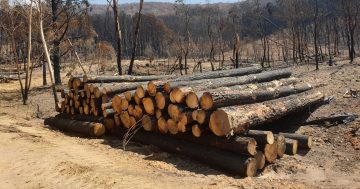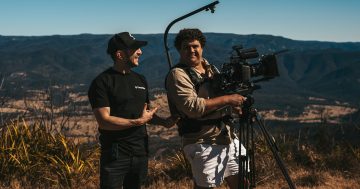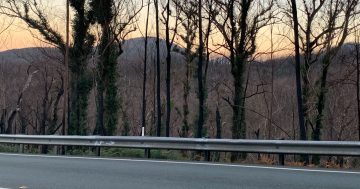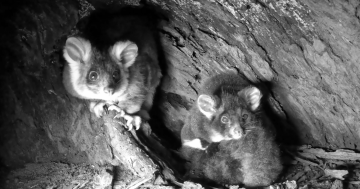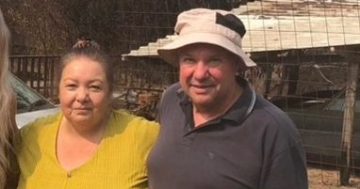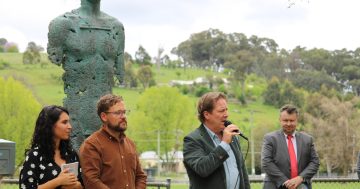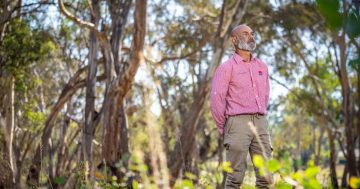
Researcher Rachael Nolan spends much of her time out in the field checking on the aftermath of bushfires in the local environment. Photo: Supplied.
We know what fires do, we hope we know how to prevent them from coming too close to life and limb, but what about afterwards?
When fire rages through an environment, it leaves little in its path. But according to researcher Rachael Nolan with the NSW Bushfire Risk Management Research Hub, what it does leave and how long before an area comes back to life, can hold a crucial key to the health of an environment.
Dr Nolan travels throughout NSW including the Southern Tablelands and South Coast, checking on what has and hasn’t survived post fires. She is gathering evidence for the Dead Tree Detective database, established by a colleague, Belinda Medlyn.
“I work in the field all over the state,” she said, “looking at the fuel loads, carbon stocks in the eco-system. We want to see how things are recovering but we can’t be everywhere which is why we’re calling on the public to help,” she said.
“Two years on from the NSW black summer fires, many of our forests are flush with new growth.”
The above-average rainfall over the past year has helped with that recovery. However, some pockets are not recovering well and researchers from the NSW Bushfire Risk Management Research Hub and Western Sydney University are trying to work out why.
Early research, Dr Nolan said, indicated that the severe drought may have left the trees without the resources needed for regrowth. Or it could be that other factors may be at play like previous fires or insect attack.
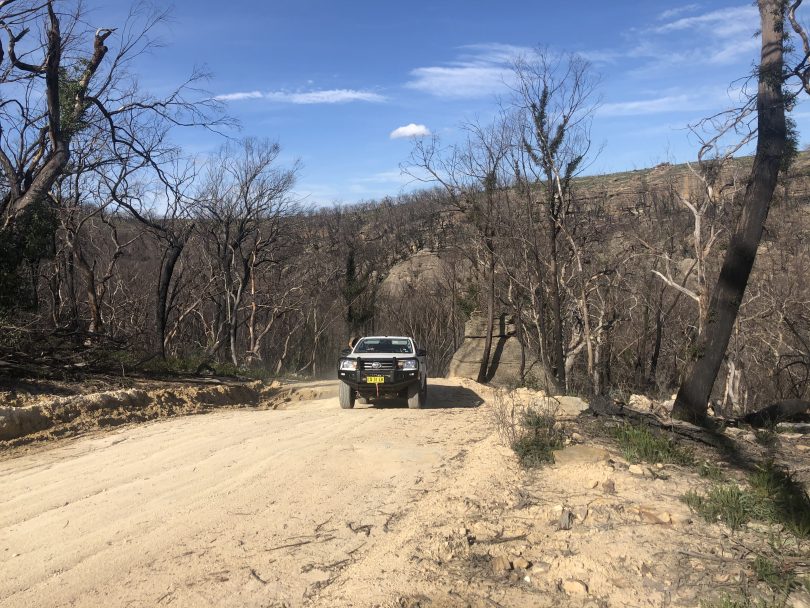
Travelling through bushfire-ravaged landscapes can provide researchers with valuable environmental advice. Photo: Supplied.
“What we’re asking people for help with finding are areas of forest which don’t look like they’re recovered after fire,” she said.
“As it’s been over two years since the major bushfires, we want to quantify how the recovery is going, whether there is new growth or not.
“Most forests by now should be well covered in green, a green understorey and seedlings. If it looks dead in a particular area, we need to know why.”
Dr Nolan, who did her degree in environmental science and a PhD in forestry, works out of Western Sydney University but spends most of her time in the field around NSW.
“Some people don’t realise that ecosystems actually need fire for species diversity,” she said.
“What I’m interested in is how long does it take for an area to recover from fire? Does it depend on the severity of the fire?
“This sort of information can help determine where a fire may happen next.”
Dr Nolan and her team are calling on the public to help with the post-bushfire research by providing vital information.
Members of the public can provide information on locations where there’s been little recovery post-bushfires or images and videos of the sites to this citizen science platform.







